Five years ago, ice jams caused a momentous flood in Fond du Lac. Here's what happened and how the city recovered.
FOND DU LAC — On March 14, 2019, residents and commuters across Fond du Lac woke up to roads, back yards and basements completely covered in water.
Floodwater spread throughout that day, displacing people, pets and businesses over the weekend and up to two weeks later, and inspiring the community to rally for recovery efforts.
Here's how it all went down almost exactly five years ago.
Rapid thaw broke up ice, overwhelmed the river
While 2019 had a frozen January, the weather warmed up too quickly to 50 degrees, breaking the ice into large slabs throughout the branches of the Fond du Lac River.
The flooding started in the early morning when ice shoves jammed underneath the downtown bridges over the river. When combined with the frozen ground, ongoing rain and melting snow, the water level overflowed the river's banks by the time many employees were heading to work.
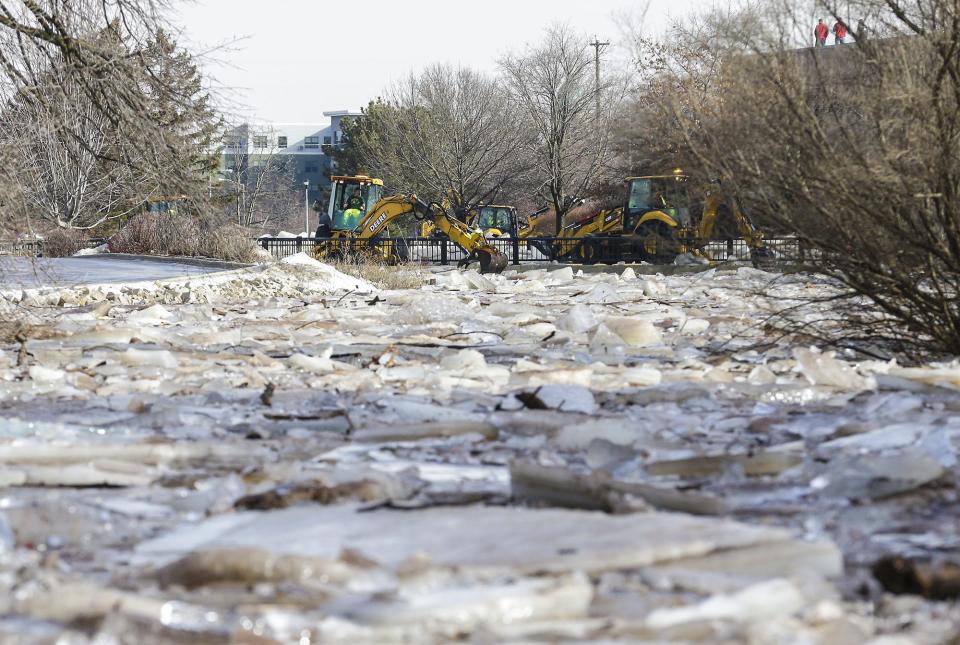
Residents started evacuating from the immediate area by 8 a.m., and the footprint of the floodwaters expanded to Johnson Street as the hours progressed.
Emergency crews positioned backhoes at the bridges to scoop out the ice and load it onto dump trucks to be taken to an empty parking lot near the fairgrounds.
Residents got creative in evacuating
City crews led evacuation efforts with boats and buses to take in stranded residents, though some had to improvise, including the firefighters who led a rescue out of Georgetown Cleaners on Johnson Street using a laundry basket with wheels.
Some people were even carried though the water on Johnson Street by sitting in the bucket of a front-end loader.
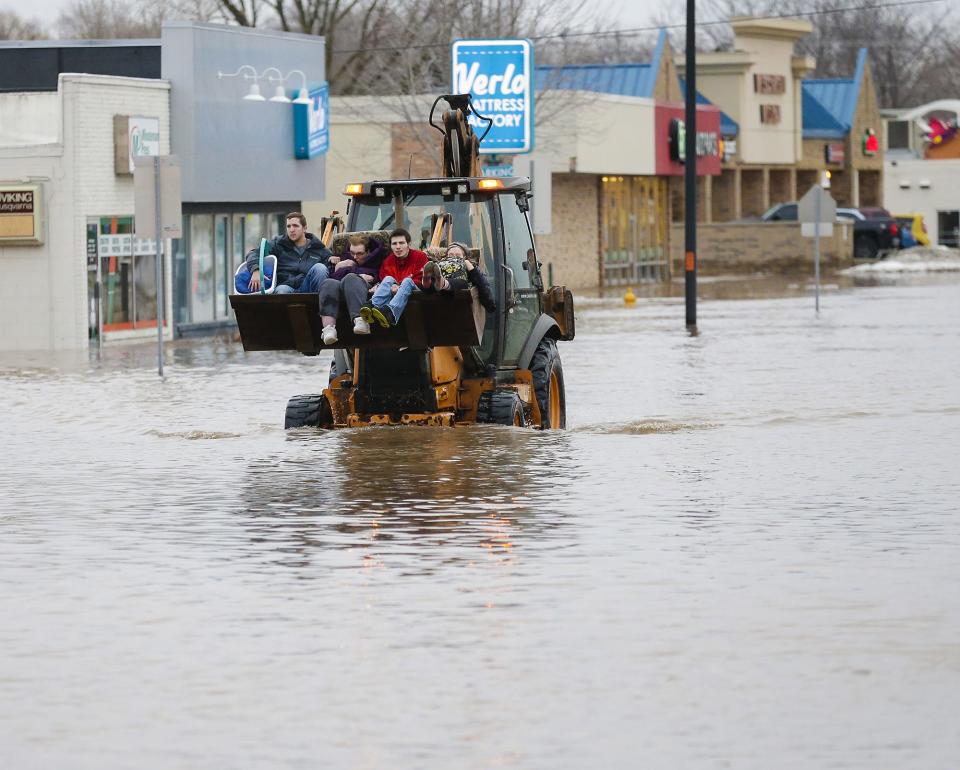
Helpless pets across the affected area were also part of rescue efforts, none more so than the animals at small pet rescue Critter Junction, which took in 4 feet of water in the afternoon at its location underneath the Johnson Street bridge.
Then-director Heather Rogers was at home when she got the news, and because the surrounding area was barricaded, walked three blocks with her family to check in on the rescue and attached pet supplies store. When she opened the doors, the rescue's spokescat Steven was sitting on a stool floating in water.
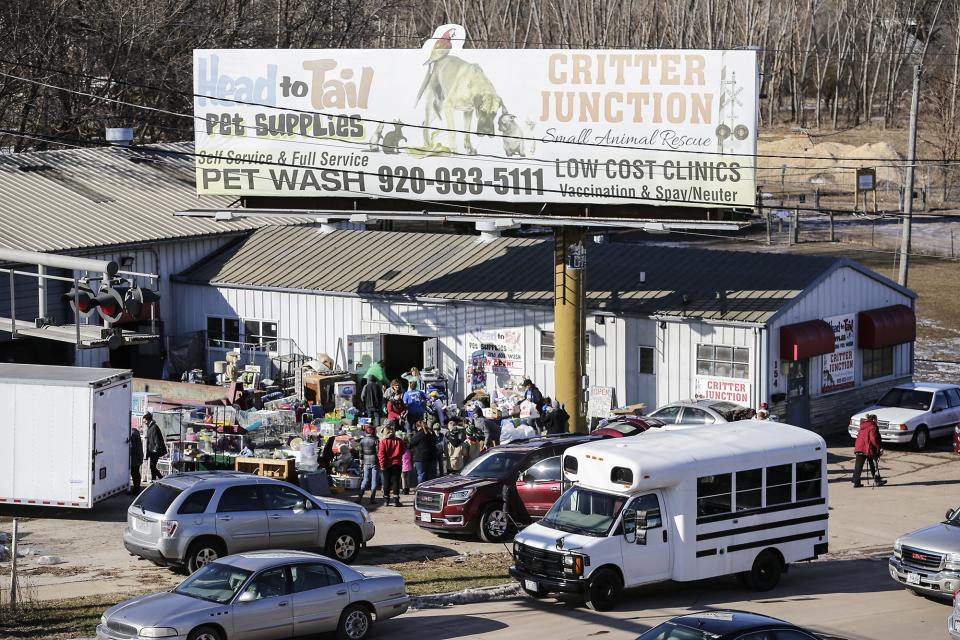
Friends, family and Alliant Energy workers helped carry out the animals, and they all survived — though all the supplies, bedding and food were lost to the waters.
Though the humane society was still under construction for its new facility, the state granted it a variance to open it early for two weeks, allowing it to take in the Critter Junction and other displaced animals.
Community Church sheltered displaced people for about two weeks
Community Church, N6717 Streblow Drive, quickly served as a shelter for displaced residents by the van and busload.
The church had signed up to be a Red Cross shelter if needed, and when the time came for it, church members and volunteers went all in.
Cots and tables were set up throughout the space, and several areas were designated for different needs, including a room for residents with health needs, one for Red Cross volunteers and one for the Red Cross, Alliant Energy, city inspectors, Fond du Lac County Emergency Management and County Housing Authority to check on the progress of people being able to get back in their homes.
While shelters are usually open two to three days, Red Cross can keep them open longer if needed, and many people were sheltered for about two weeks, mostly from apartment buildings that weren't livable yet.
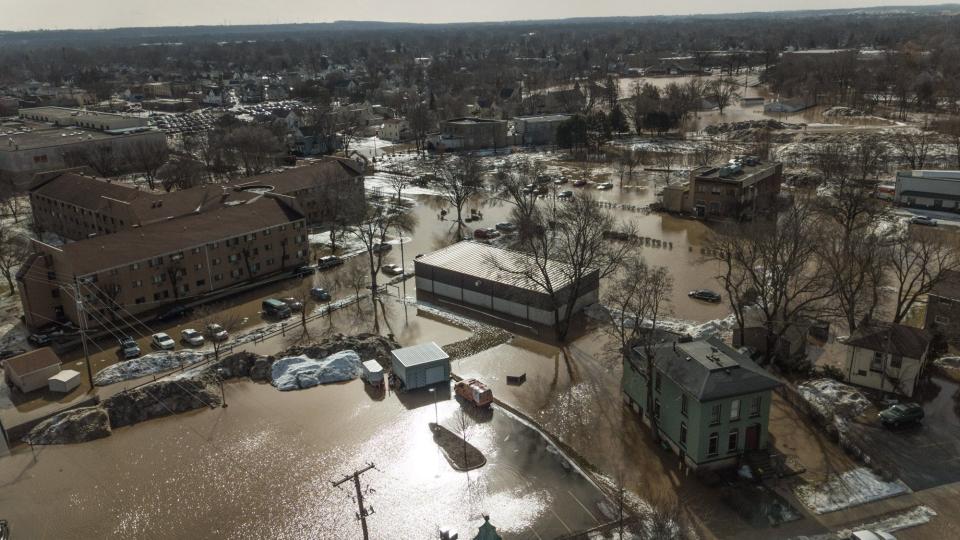
The church provided food, and other community members offered food, including donations from Ala Roma, Arby’s, Culver’s, Domino’s Pizza, Festival Foods, Friar Tuck’s, Fuecht Financial, Holiday Automotive, Kwik Trip, Life Enforcement, Meuer Bakery, Pick ‘n Save, Ruby’s Pantry, Schreiner’s Restaurant, Subway, Taco Bell and Van Horn Hyundai.
The Fond du Lac School District sent a bus for children to make it to school, and Love’s Travel Stops opened their showers — typically used by truckers — to people at the shelter and other community members in need.
Recovery involved heavy cleanup, social services assistance
Many people were back in their homes within a week, but cleanup was a much larger task. In addition to Red Cross, the city and county partnered with Salvation Army, United Way and other service organizations to meet flood victims' needs.
Businesses recovered from 2019 flood: After facing rising waters, Boys & Girls Club, Y, Eaton's, Georgetown rally
Electricity and gas took several days to turn back on for many homes, delaying replacement of flood-damaged appliances like furnaces and water heaters. The city organized bulky waste curbside pickup to clear out damaged items, while social services and the Salvation Army worked with residents to get their essential items replaced.
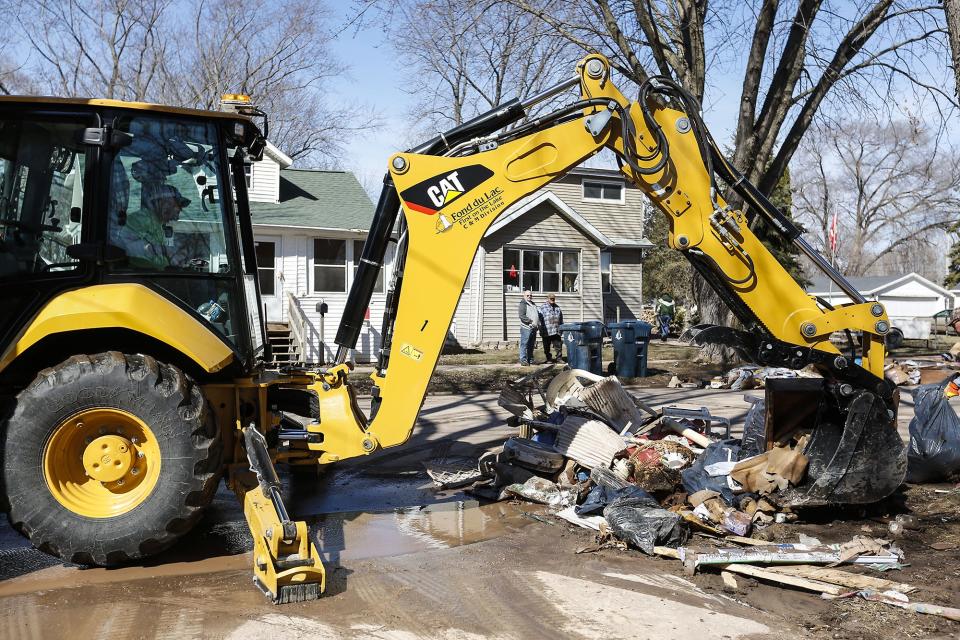
Social services staff also conducted emergency assistance appointments for transportation help and eviction and utility disconnection prevention.
One bridge had a two-year journey to replacement
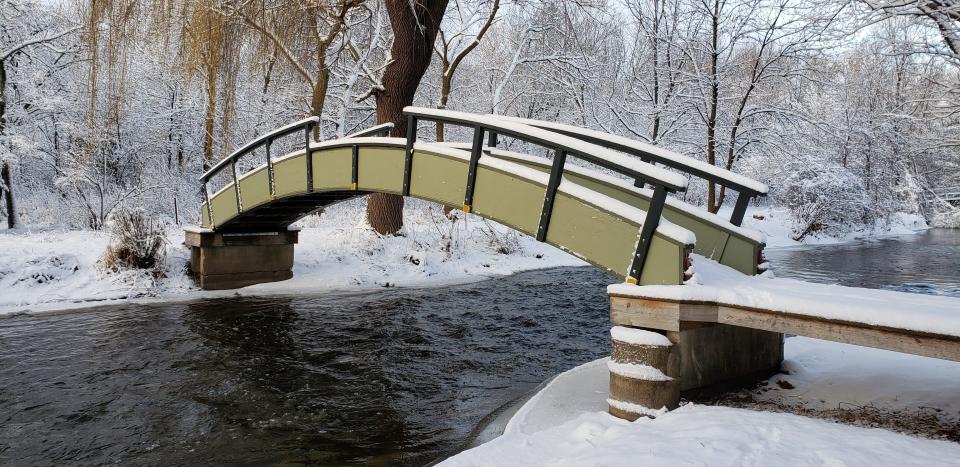
During the flood, ice jams had broken a 32-foot wooden bridge off its banks on the west branch of the river in the back yard of John and Judean Wise.
The bridge itself landed at a farm, where the owner allowed it to stay until the couple could find a way to move it. In the end, a wedding venue in Stevens Point bought and removed it in pieces to use as a wedding photography backdrop.
The Wises went to work getting the permits and contractors in place to replace the bridge, and while their original plan was to replicate the original aesthetics of the wooden parabolic pedestrian bridge, but expert advice encouraged them to use steel beams.
In the end, they also doubled the length of the bridge and raised it up for ease of use.

City works to avoid a repeat event
After the flood in 2019, City Manager Joe Moore had said the only thing that would have prevented the issue is if the original city planners would have built the bridges higher.
When spring approaches every year, the Public Works Department drills holes in the river ice near Lake Winnebago to help weaken it, so that when it does break up, it's in small pieces. Drilling more holes or drilling farther down the river wouldn't have helped prevent the flood, the department said at the time.
Since then, the city focused on improving the pump stations at Lincoln and Thomas streets to improve capacity, as 22 storm water pump stations had worked overtime to rid roadways of flowing water, delayed by the Arndt Street pump losing operation when Alliant Energy turned off power to the area.
In the future, flooding mitigation is also part of the downtown riverfront improvement plan, which includes cleaning up the river to restore its natural depth and improve the structure of the river walls.
Daphne Lemke is the Streetwise reporter for the Fond du Lac Reporter. Contact her at [email protected].
This article originally appeared on Fond du Lac Reporter: Fond du Lac sees flooding improvements 5 years after ice jam event